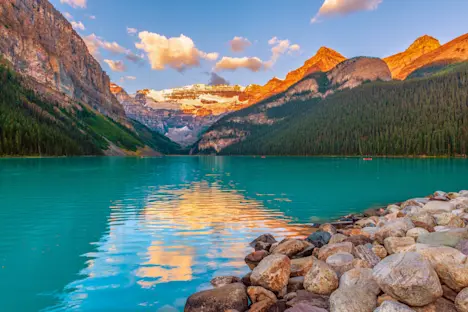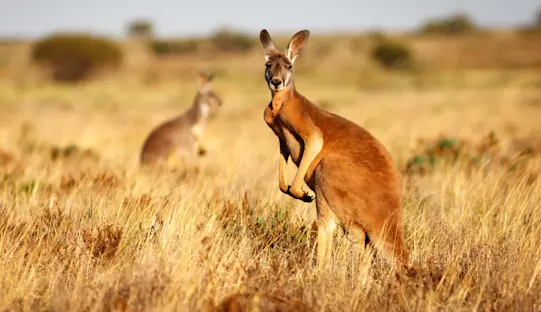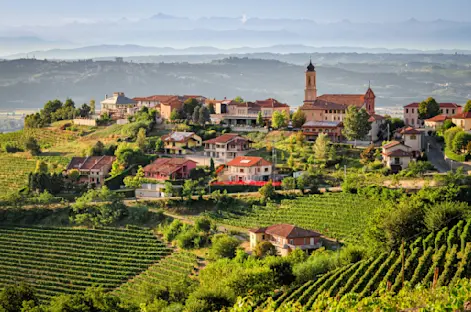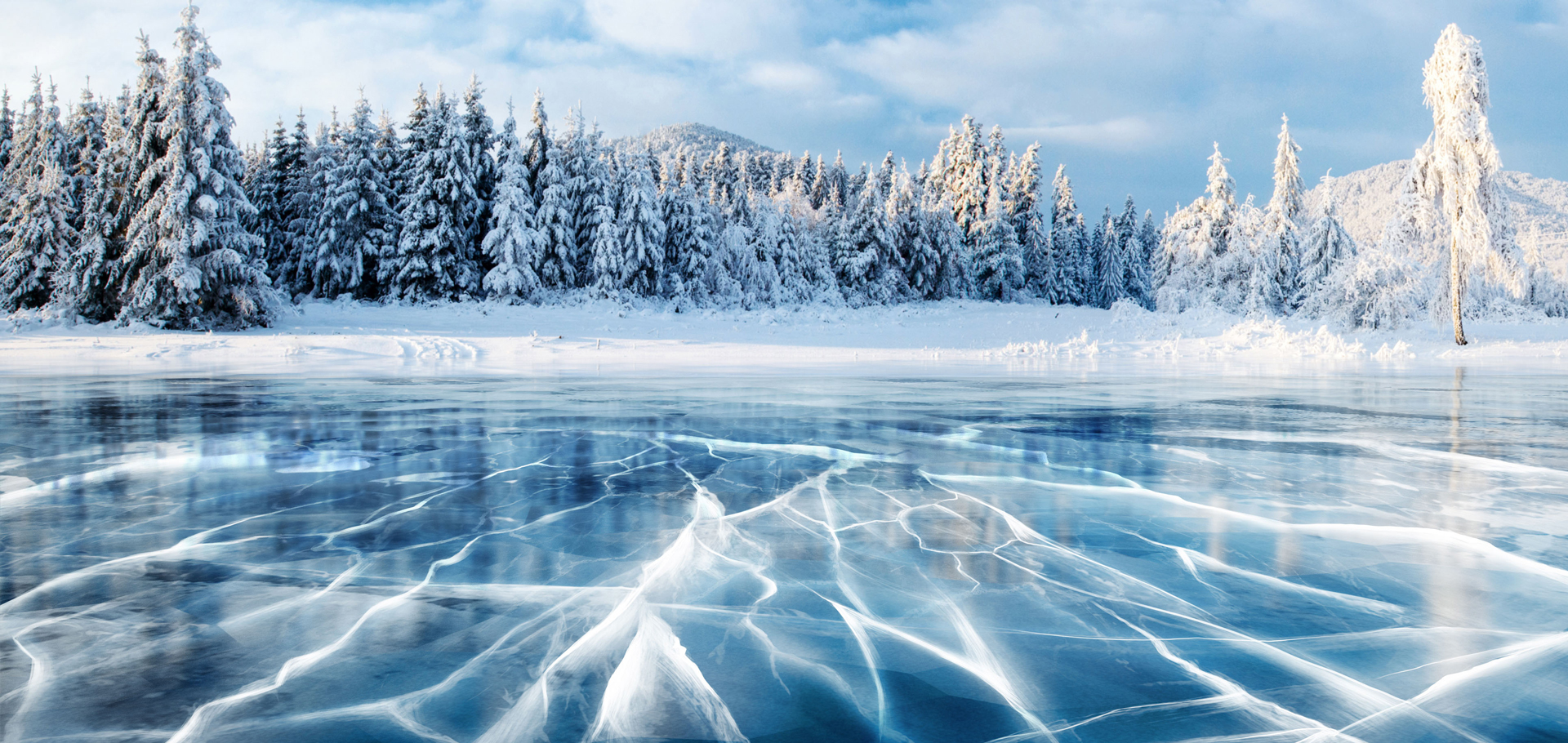
Both ice and snow are solid forms of water. They are, however, distinct states formed differently: snow is made of delicate ice crystals produced by water vapor in the clouds, while ice is simply frozen liquid water. Large amounts of compacted snow can turn into ice, however.
I grew up in the Midwest. That means that as a child, as the joke goes, I had to decide on a Halloween costume that could incorporate my winter coat. That may be why October, even now, still signals “snow season” for me, even though I no longer live in the central part of the United States.
Snow season is not only a beautiful, white time of year, it’s an essential one. Some of the most dramatic climatic times in our planet’s history are “Snowball Earth” events that happened hundreds of millions of years ago, when almost the entire globe was encased in ice up to 0.6 miles thick. Now, new research suggests that the last Snowball Earth event preceded an explosion of life on Earth, including the emergence of the first animals. Today, the world’s life-sustaining water supply still comes from snow, as snowmelt is a vital source of the fresh water that replenishes lakes, rivers and groundwater for billions of people. And a new metric is providing us with a more holistic look at just how much water is stored in the snowpack and for how long.
Snow, however, is becoming rarer. Recently, scientists in Norway’s Svalbard were shocked to find greenery and rain instead of snow during Arctic winter fieldwork. Their experience highlights not just the world’s warming but a full, seasonal shift with major consequences for climate feedback, ecosystems and research feasibility.
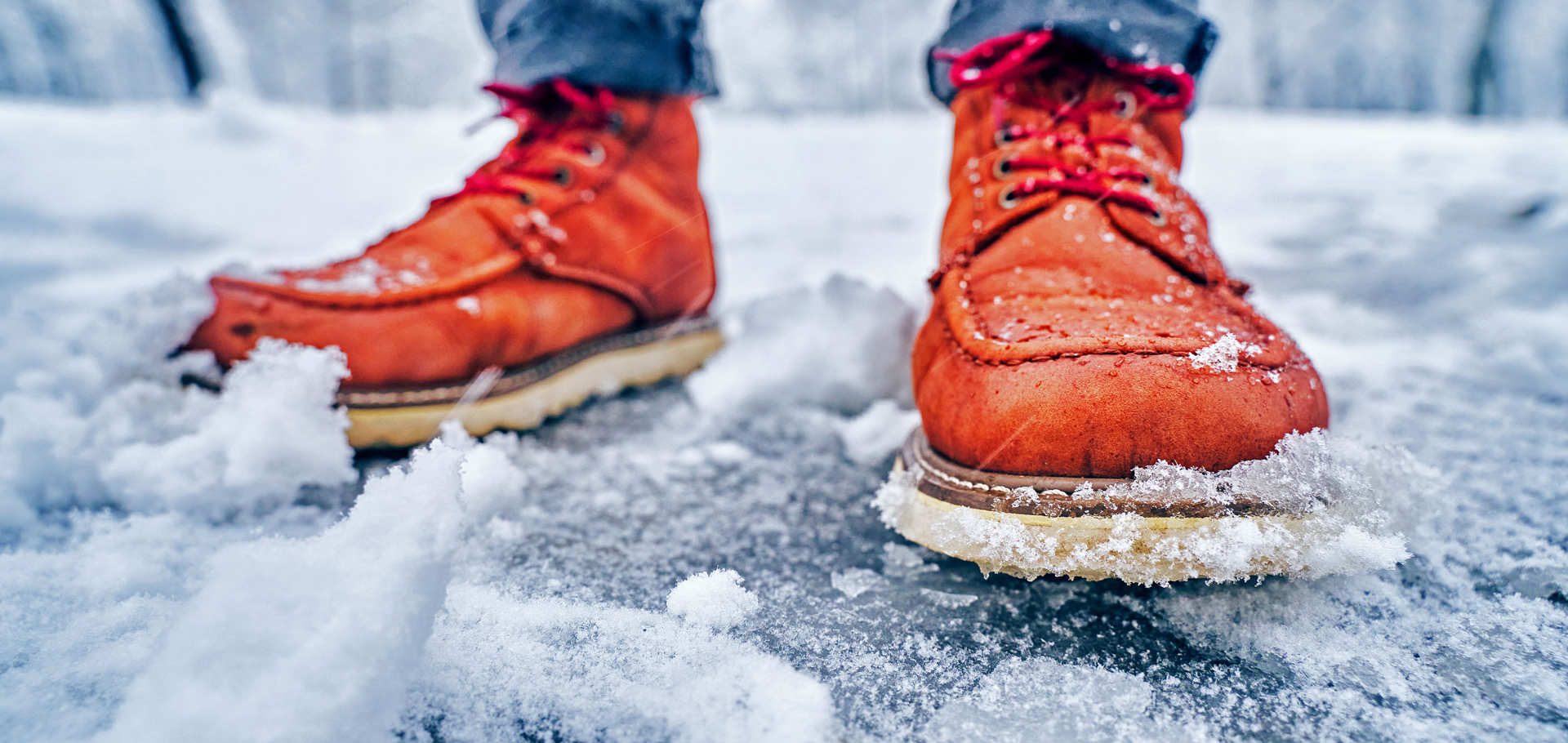
Unpredictable and warmer winter weather is creating thinner layers of black ice (the dense kind) and sometimes a corresponding thicker layer of white ice, the unstable type. The two combined can make for treacherous conditions.
Closer to home, planetary warming is also affecting snow’s “cousin”: ice. The ice on the lake in your hometown may look safe for a game of pickup hockey or a bout of ice-skating, but looks can be deceiving. Warming winters are not only affecting ice thickness and timing—when a lake freezes and thaws—but also quality, making it potentially unstable and unsafe.
Snowball Earth events and the emergence of the first animals
Snowball Earth events are periods in Earth’s history when the planet’s surface, including the oceans, became almost entirely covered in ice. They’ve happened only a handful of times and do not occur in regular cycles. Each event lasts for millions of years—or tens of millions of years—and is followed by intense warming. Evidence for these extreme glaciations includes glacial deposits found in areas that were once near the equator. The most recent Snowball Earth event occurred about 720 to 635 million years ago, before the emergence of complex animal life.
Until now, the details of these transitions were poorly understood. But new research from the University of Washington is providing a more complete picture for how the last Snowball Earth event ended and a theory for why it preceded such a pronounced expansion of life on Earth.
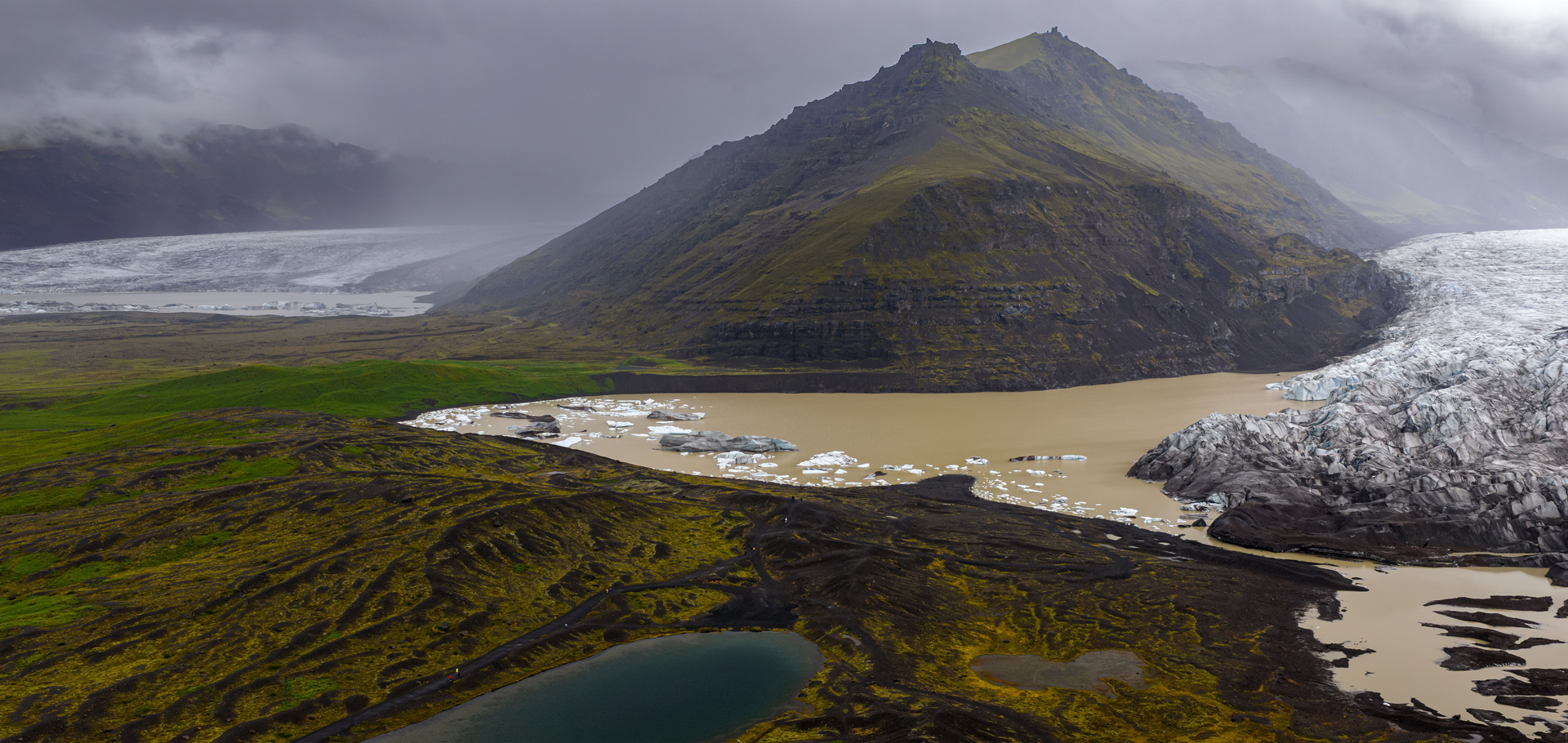
Geological evidence, such as glacial deposits, indicates that Earth experienced extreme glaciations, known as “Snowball Earth” events.
Cap carbonates—layered dolomite or limestone rocks that have a distinct chemical makeup and that today are found in more than 50 global locations, including Australia, Death Valley in the United States, Ireland, Namibia and Siberia—are thought to have formed about 640 million years ago as the Earth-encircling ice sheets melted, causing not only major changes in atmospheric and ocean chemistry but the depositing of this unique type of sediment on the ocean floor. They are called caps because they are found above the glacial deposits left after a Snowball Earth event and carbonates because both dolomite and limestone are carbon-containing rocks. Cap carbonates preserve clues to the Earth’s atmosphere and oceans that are earlier than what ice cores or tree rings can record.
The University of Washington study, published in the journal Nature Communications in August 2024, models the chemistry and geology during three phases of a Snowball Earth event. First, during Snowball Earth’s peak, the thick ice enclosing the planet reflects sunlight, but some areas of open water allow an exchange between the atmosphere and the ocean. Meanwhile, frigid seawater continues to react with the ocean floor. Eventually, carbon dioxide builds up in the atmosphere to the point where it traps enough solar energy to raise global temperatures and melt the ice. This lets rainfall reach the Earth and fresh water to flow into the ocean to join a layer of glacial meltwater that floats over the denser, salty ocean water. This layered ocean slows down ocean circulation. Later, ocean churning picks up; and mixing between the atmosphere, upper ocean and deep ocean resumes.
For more than 2 billion years leading up to the latest Snowball Earth events, life was simple: it was in the form of algae, microbes or other tiny, aquatic organisms. In fact, the billion years preceding the most recent Snowball Earth event are called the “boring billion” because so little happened. Then came a Snowball Earth; and soon after, animals appear in the fossil record.
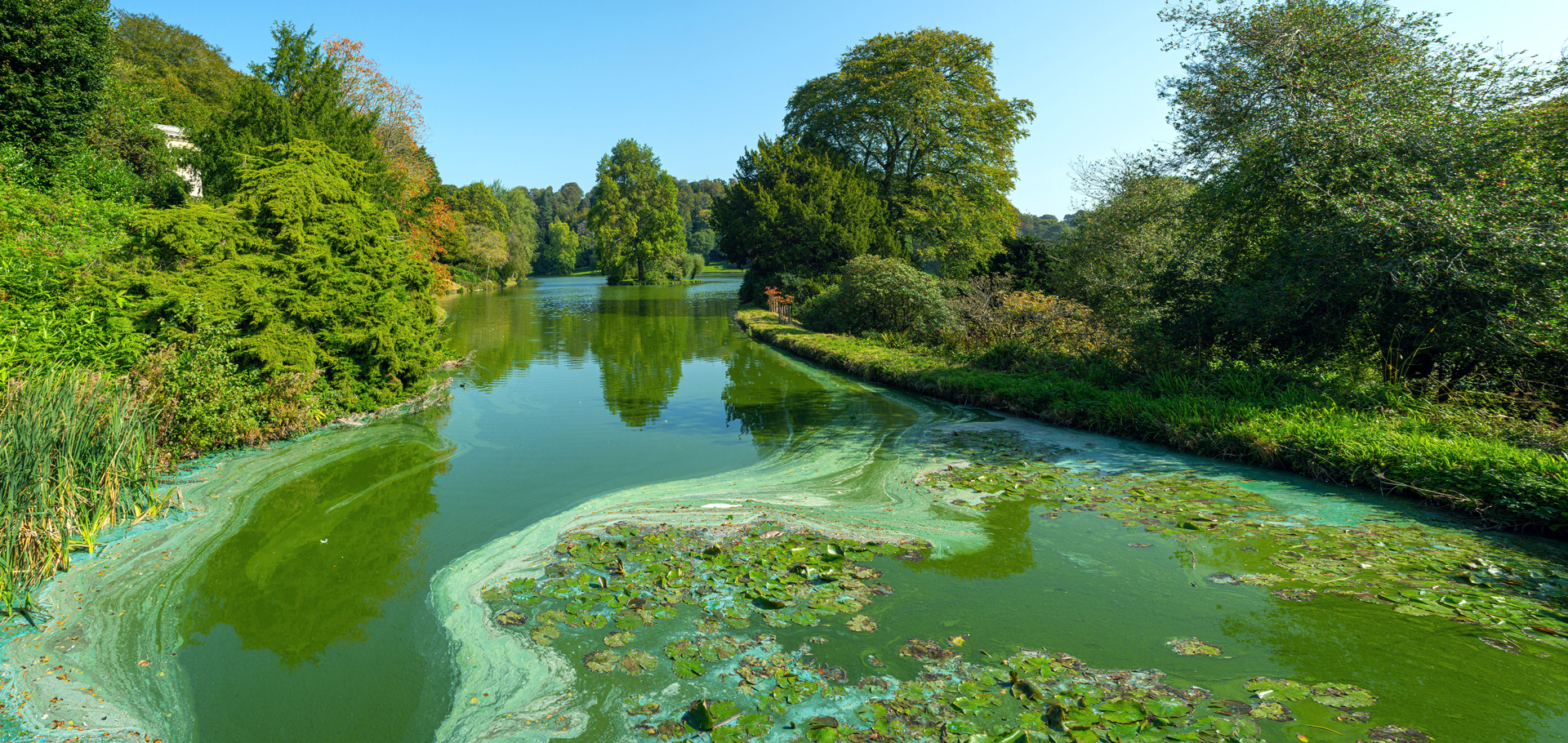
Some life-forms, such as cyanobacteria, survived Snowball Earth conditions. Also known as blue-green algae, cyanobacteria perform photosynthesis to create energy from sunlight. They exist as single cells, filaments or colonies and today are found in various habitats, such as fresh water and hot springs.
Now that we know the important environmental changes—which affected the acidity, circulation and temperature of the oceans—that occurred as Earth recovered from the Snowball Earth period, state the University of Washington researchers, we can more confidently figure out how they impacted life on Earth. Future research will explore how pockets of life that survived the tumult of a Snowball Earth event and its aftermath could have evolved into the more complex life-forms that quickly followed.
Snowpacks and the Earth’s water-storage system
While a heavy snowpack is fun for skiers and sledders, it also acts like an open-air storage tank that melts away to provide water for drinking, irrigation and other purposes during dry months. But exactly how much water is held in snowpacks and for how long?
That information, critical to water managers worldwide, has taken on new clarity thanks to a brand-new calculation technique developed by researchers in the Oregon State University (OSU) College of Engineering. Water managers tend to consider a portfolio of infrastructure options—such as groundwater recharge programs and surface water reservoirs—to match supply to demand. Increased understanding of how much water is in snow should allow them to make long-term planning decisions for how to adjust that portfolio.
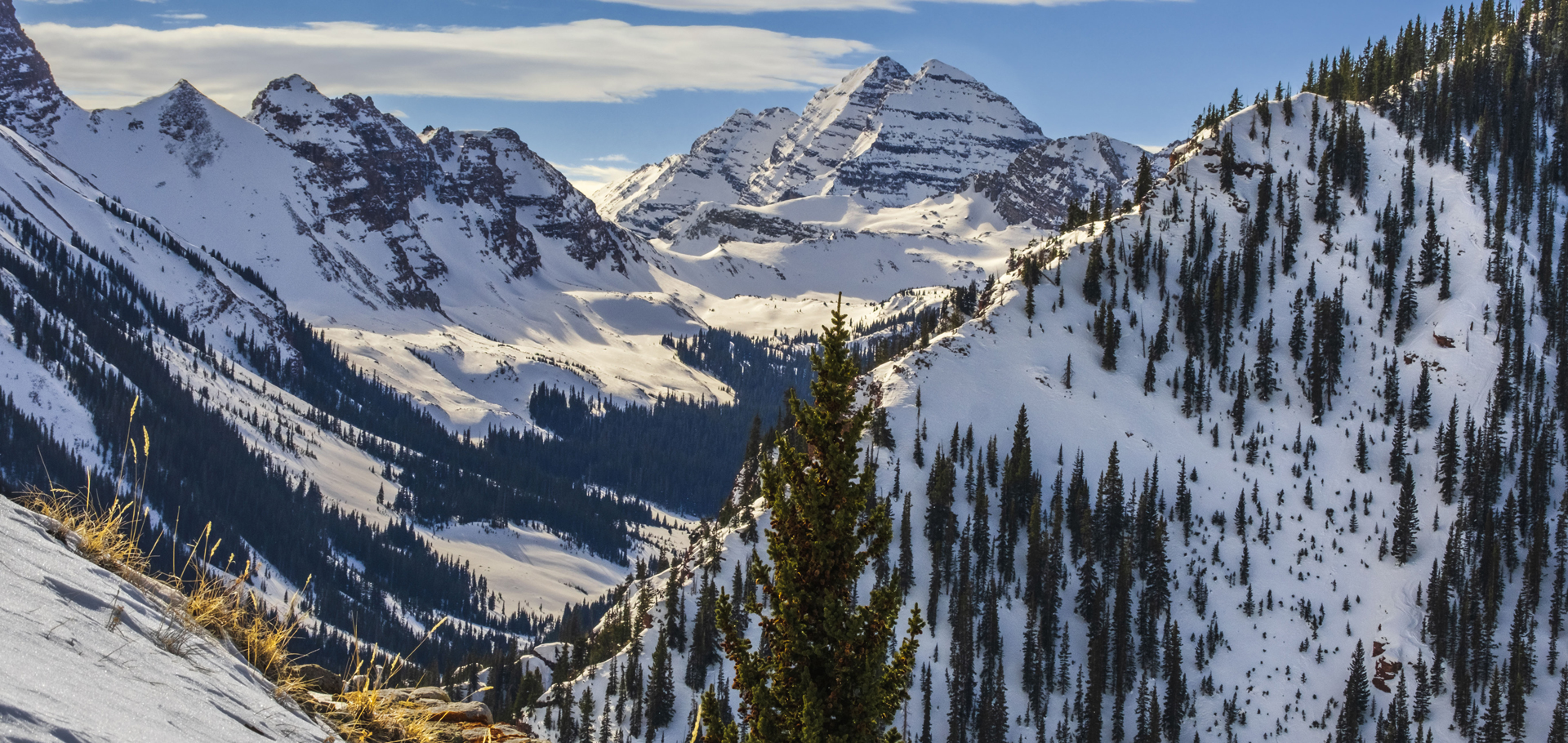
“Snowpack” refers to the seasonal accumulation of slow-melting, packed snow, often found in the mountains. The April 1 snowpack metric helps forecast the water supply by indicating how much water from snowmelt will be available during the spring and summer for agriculture and ecosystems.
The OSU researchers looked at nearly four decades of snowpack data. Through their new metric, which they call “snow water storage,” they identified a 22% drop in how much water is held annually in the mountain snowpacks of the Lower 48 states. Unlike other widely used metrics—such as the April 1 snowpack, which captures snow variables at a single point in time; or length of snow season, which describes the start and end dates of snow cover at a particular place—snow water storage is applicable at numerous time and space scales. It’s a cumulative sum, explain the scientists, not a maximum value; it’s like adding up the number of miles you drive in a given year rather than just thinking about the 500 you did on one day.
In addition to introducing a better tool for gauging how much water is in snowpacks over periods of time, the findings are important because of what the new metric reveals about mountain snowpacks, which play an outsize role in the nation’s water storage. Of all the water stored in the form of snow in the Lower 48, 72% of it is in the mountains, though mountains cover just 16% of the total area.
The researchers’ work, presented in a paper published in the journal Hydrology and Earth System Sciences in February 2024, builds on a commonly used measurement known as snow water equivalent, which is how much water is left in a container after the snow that was placed in it melts. By considering the amount of water held in the snowpack and the amount of time the water is stored as snow, the scientists were able to quantify water storage in different types of snowpacks. This includes persistent snowpacks, such as those that are typically in high elevations in the mountains; transient snowpacks, which are usually found at lower elevations; and snowpacks that are transitioning from persistent to transient due to climate warming.
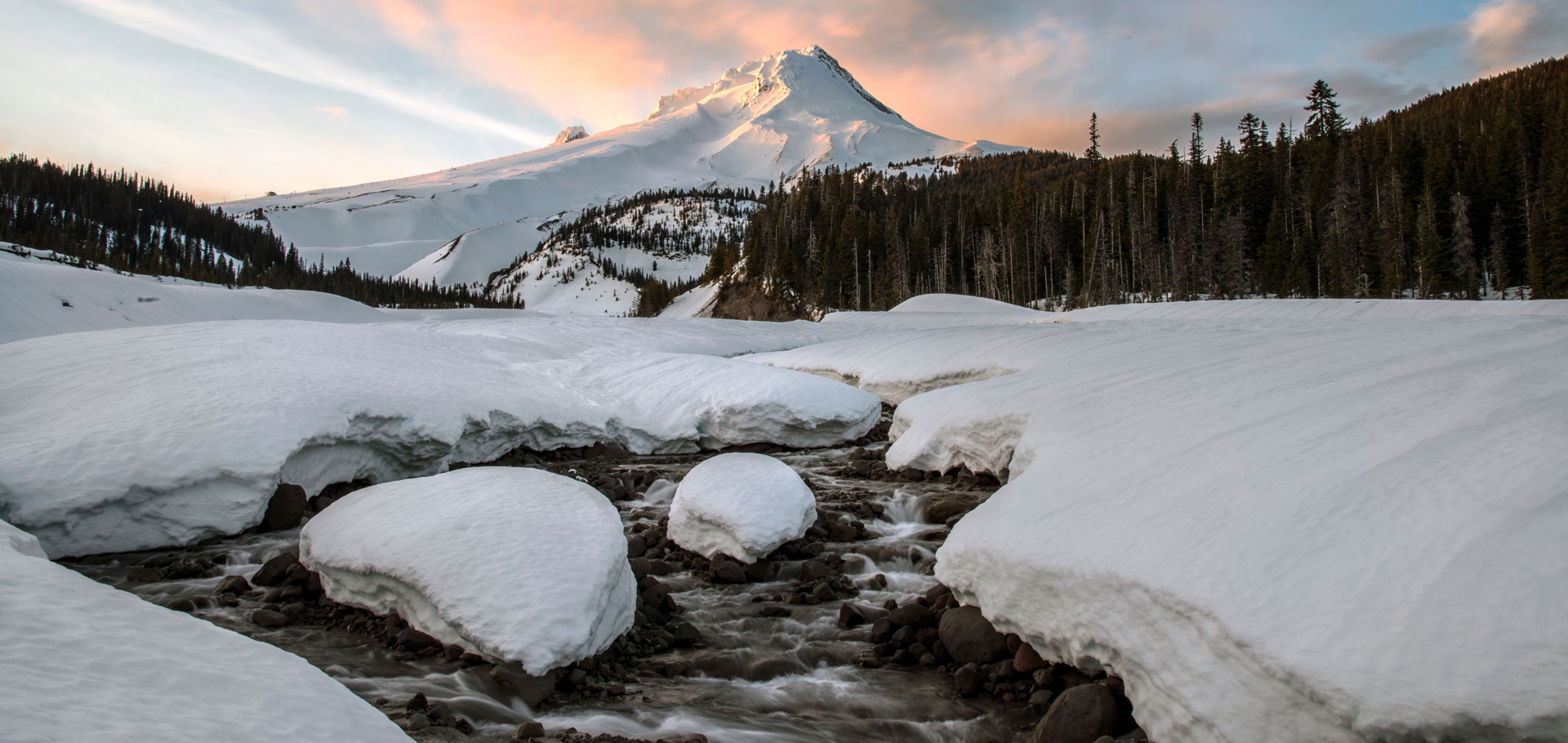
In Oregon, where 15% of the state’s total annual precipitation falls as snow, the state’s snowpack functions like a reservoir. It holds back winter precipitation and slowly releases it in spring and early summer.
Because the snow water storage metric can be applied to multiple types of snowpacks, it may become increasingly valuable for monitoring and predicting water resources amid a future of increased climate variability, conclude the authors of the paper. They point out that the past several years in the Lower 48 have seen a “feast or famine cycle of extremes” when it comes to the where and the when of our rain and snow. And, in general, snowpacks have considerably declined over the past 10 to 20 years.
That particularly matters in places like Oregon, where 15% of the state’s total annual precipitation falls as snow, and the state’s snowpack functions like a reservoir. It holds back winter precipitation and slowly releases it in spring and early summer. This is useful because, at those times, rainfall has tapered off for the year, but demand for water rises. As the climate warms and snowpacks become more variable, a metric like the new one developed at OSU helps to more objectively quantify the reservoir storage aspect of the globe’s snowpacks.
Snowless winters and the warming Arctic
Unfortunately, snow is getting harder to find. Especially in places such as Norway’s Svalbard, which is warming six to seven times faster than the global average rate. Svalbard is at the forefront of the climate emergency, with winter temperatures rising at nearly double the annual average. In fact, winter warming in the Arctic is no longer an exception but a recurring feature of a profoundly altered climate system, challenging the long-held assumption of a reliably frozen Arctic winter.
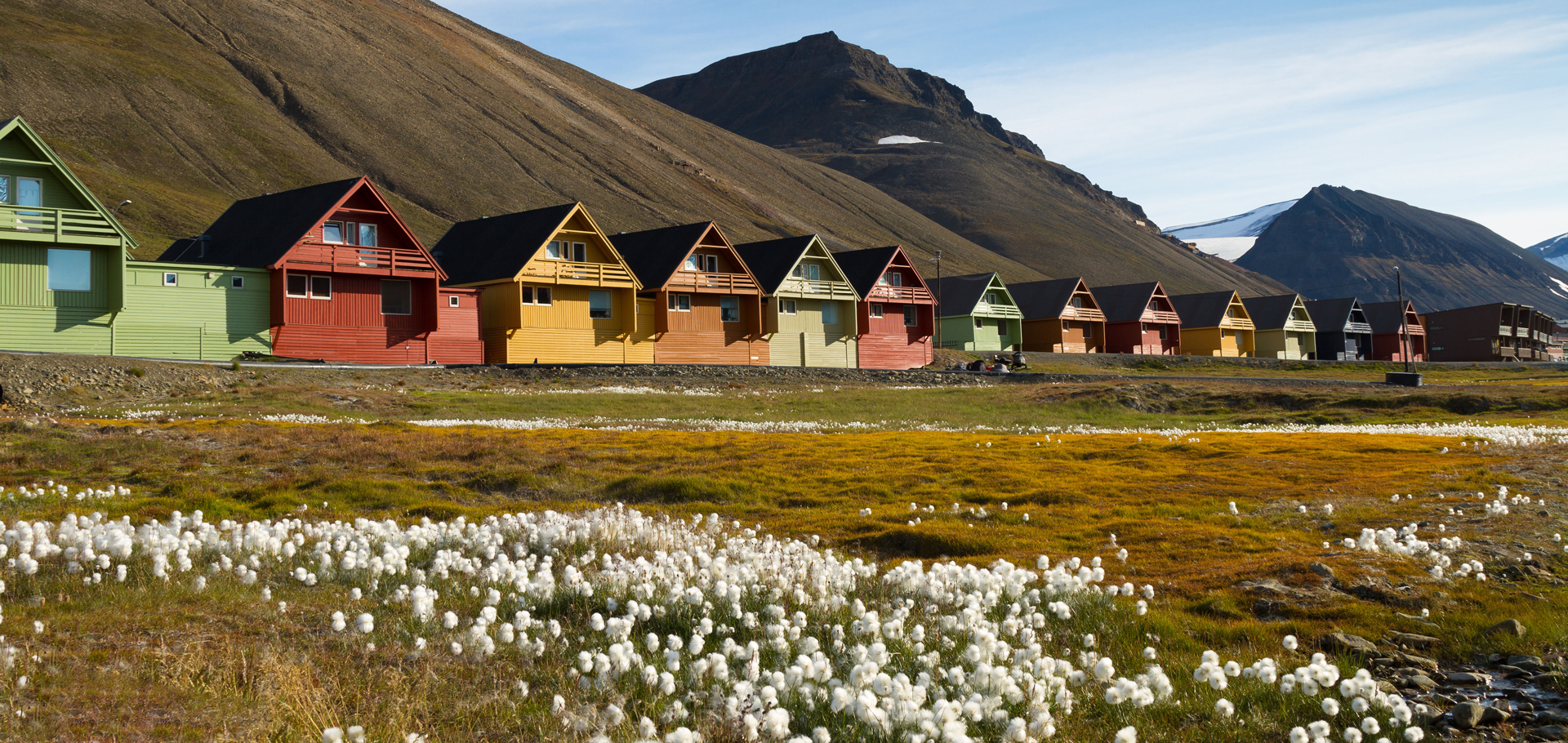
Winter in the Arctic is unraveling. Svalbard’s rain-soaked tundra and vanishing snowpack are upending both climate science and survival in one of the world’s fastest-warming regions. In Svalbard in February 2025, researchers met exceptionally high temperatures, blooming vegetation and widespread snowmelt.
In a commentary published in the journal Nature Communications in July 2025, environmental scientists at England’s Queen Mary University of London describe their fieldwork campaign to study freshly fallen snow in Svalbard. But over a two-week period, they were able to collect fresh snow only once, as most of the precipitation fell as rain. This lack of snowfall in the middle of winter not only disrupted their sampling plan but also made them question how safe or feasible winter fieldwork really is under such rapidly changing conditions. The thin and slushy snow that hindered snowmobile access to field sites forced the scientists to reconsider how and even whether they can continue winter science as usual. This also presents new safety concerns, including during rescue efforts or for the ability of researchers to retreat quickly to the safety of the research station if they encounter polar bears while working in the field.
This firsthand experience corroborates long-standing projections about Arctic amplification, but it also underscores the alarming speed at which these changes are taking hold. It’s having a transformative impact on the physical environment, the dynamics of local ecosystems and the survival of Arctic wildlife. These warming events may also create a feedback loop, accelerating permafrost thaw, microbial carbon degradation and the release of greenhouse gases across the Arctic. The observed meltwater pooling above frozen ground—forming vast, temporary lakes and reducing snow cover to zero in large areas—further exposes the bare ground surface and leads to widespread blooms of biological activity.
The commentary calls for urgent action and increased investment in wintertime Arctic monitoring, highlighting a significant lack of data and understanding regarding Arctic systems during this fastest-changing season. Climate policy must catch up to the reality that the Arctic is changing far more quickly than expected, say the authors, and winter is at the heart of that shift. More observations and experimentation are crucial, not only to establish baselines but also to project future impacts. Furthermore, the authors stress that policymaking must morph from reactive to anticipatory strategies, recognizing winter as a critical season of risk. The challenges already faced by well-equipped scientific bases due to midwinter warming underscore the immense pressure this might place on remote Indigenous Arctic communities, their emergency responses, infrastructure and transport.
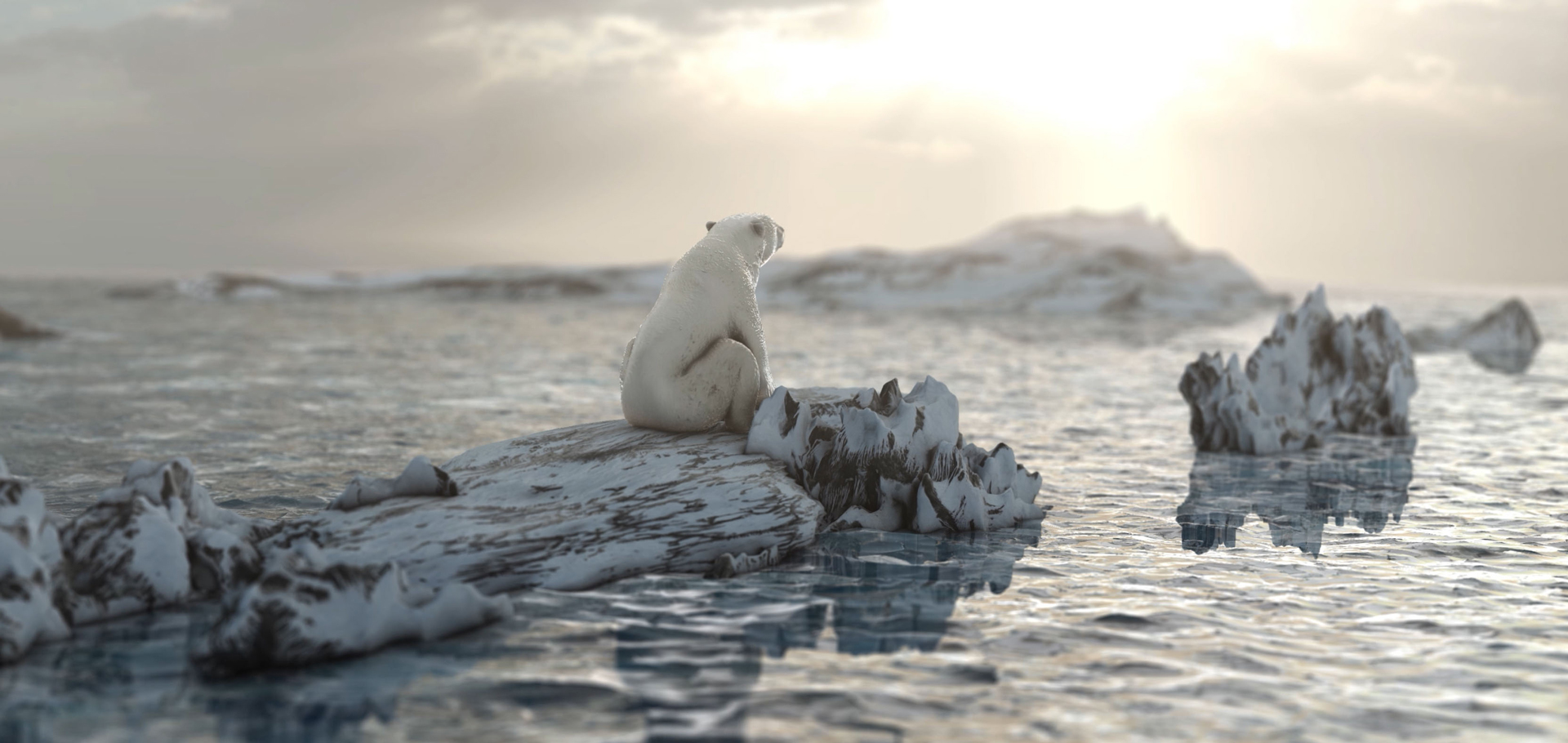
In a quickly warming Svalbard, polar bears face habitat loss and increased conflict with humans as they are forced ashore more often due to melting sea ice. This drives them to find new food sources, sometimes raiding bird nests or hunting reindeer, and leads to more bear-human encounters.
In conclusion, the researchers state that “We might have been too cautious with our messages. Irreversible changes to the Arctic climate are happening in front of our own eyes.”
Ice degradation and the life below
When lakes and rivers freeze, there are two predominant layers of ice: white ice and black ice. White ice is generally opaque, like snow, and filled with more air bubbles and smaller ice crystals, diminishing its strength and stability; while black ice is clear and dense with few air pockets and larger ice crystals, making it a lot stronger. White ice is approximately less than half the strength of black ice. Ice quality is important because of its direct implications for load-bearing capacity for human safety and for how much light will transmit under the ice for the life beneath it.
The problem is that climate change is contributing to the unpredictable and warmer winter weather, creating thinner layers of black ice and sometimes a corresponding thicker layer of white ice, the unstable kind. The two combined can make for treacherous conditions for hockey players, ice anglers, ice truckers, skaters and snowmobilers, say researchers at Toronto, Canada’s York University in a paper published in the journal Nature Reviews Earth and Environment in September 2024.

Several studies have looked at lake ice quantity and its duration, but there is little research on the quality of the ice, which directly corresponds to how safe it is for venturing out on.
Thickness alone is no longer a good predictor of safe ice. If there is too much white ice and not enough black ice, the ice may not be strong enough to hold a person’s weight. Four inches of black ice are required for a human to go out on the ice to play or skate. A transport truck requires about 42 inches of black ice. But with a predicted 95% to 99% loss in ice-road transportation infrastructure without meaningful adaptations for ice safety, remote communities are at risk of being cutoff and unable to access food, medicines and supplies during the winter.
The lack of consideration for quality ice is already leading to a loss of life. In Canada in December 2023, six people died within a week of plunging through thin ice. Two more died in Ontario in February 2024. In that same year in Finland, four people died from falling through weak ice in January and February alone, where the average is 18 people annually. In Sweden, 16 people drowned from falling through the ice in 2014 and at least nine died for the same reason in 2021.
For the September 2024 study, the York University researchers had to stop taking ice measurements in mid-February on Ontario’s Lake Simcoe and in early March on Paint Lake in the Muskoka region because the ice cover was dangerously thin. Changes in precipitation from unseasonably warm weather is creating a lot of the unsafe ice conditions and unpredictability. Warmer temperatures, rain and even snow can alter the strength and thickness of lake ice. Lake ice has a memory; all weather fluctuations are stored in it. If the temperature is above 32 degrees Fahrenheit for a period of time, if there is rain, if there are extremely sunny conditions or if there are freeze-thaw events, the ice can become structurally less stable, affecting its safety for human use.
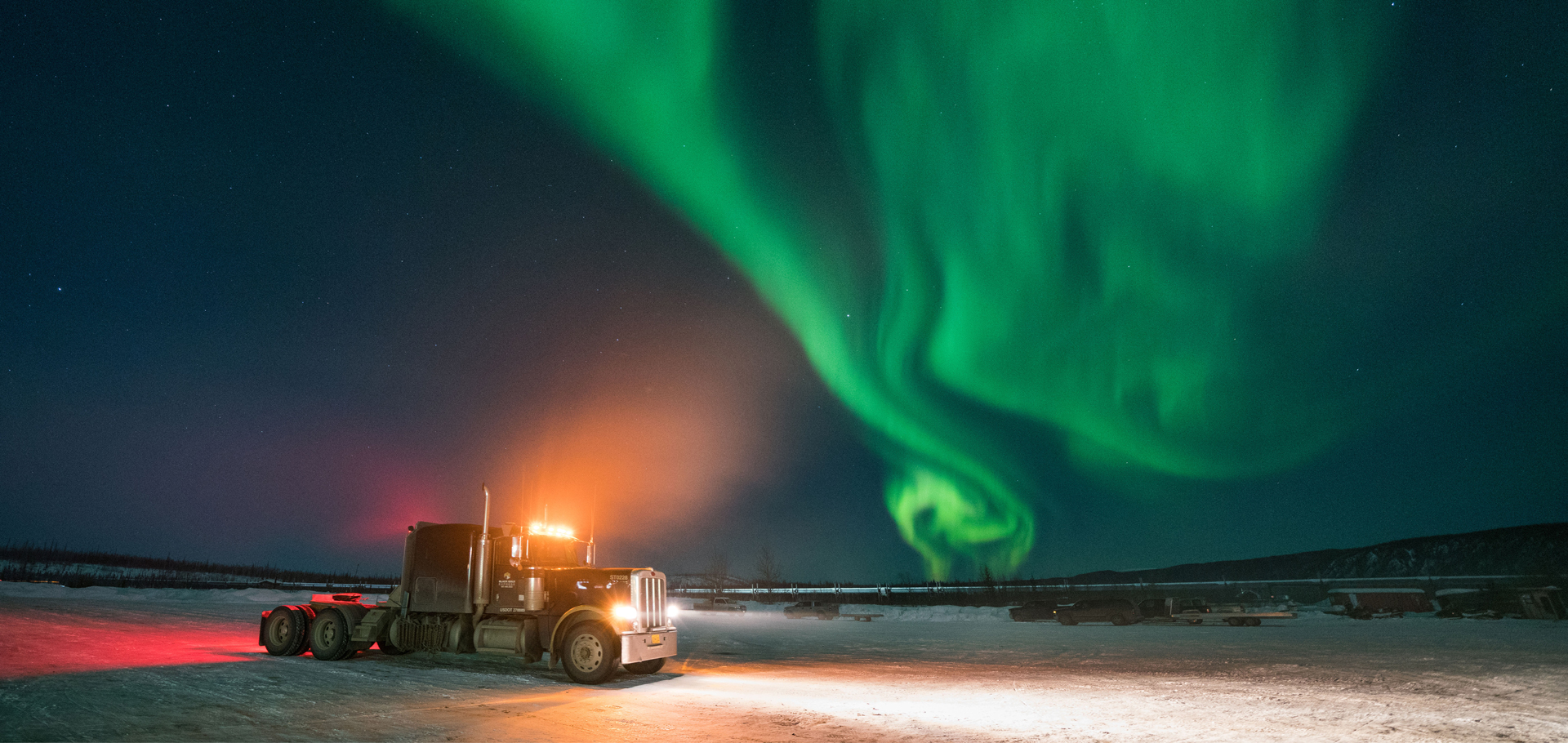
In winter on an ice road, a transport truck requires about 42 inches of black ice.
The diminishing quality of ice also has an impact on the life below: the amount of nutrients available for fish and other aquatic organisms, such as invertebrates, as well as phytoplankton which need light for photosynthesis. Some of that light is blocked with increased white ice, compromising the health of an ecosystem.
This study is one of only a few that looks at the quality of lake ice, state the researchers, and yet that ice is changing dramatically. What’s needed, they say, is regular measurements of ice quality, including black and white ice thickness, throughout the Northern Hemisphere.
Heavy snowfalls and mountain gazing
Recently, I traded my Midwest stomping ground for a place in the Pacific Northwest. I often miss the snows of “the before”—when I lived in a different place and in a different time, prior to such a rapidly warming climate.
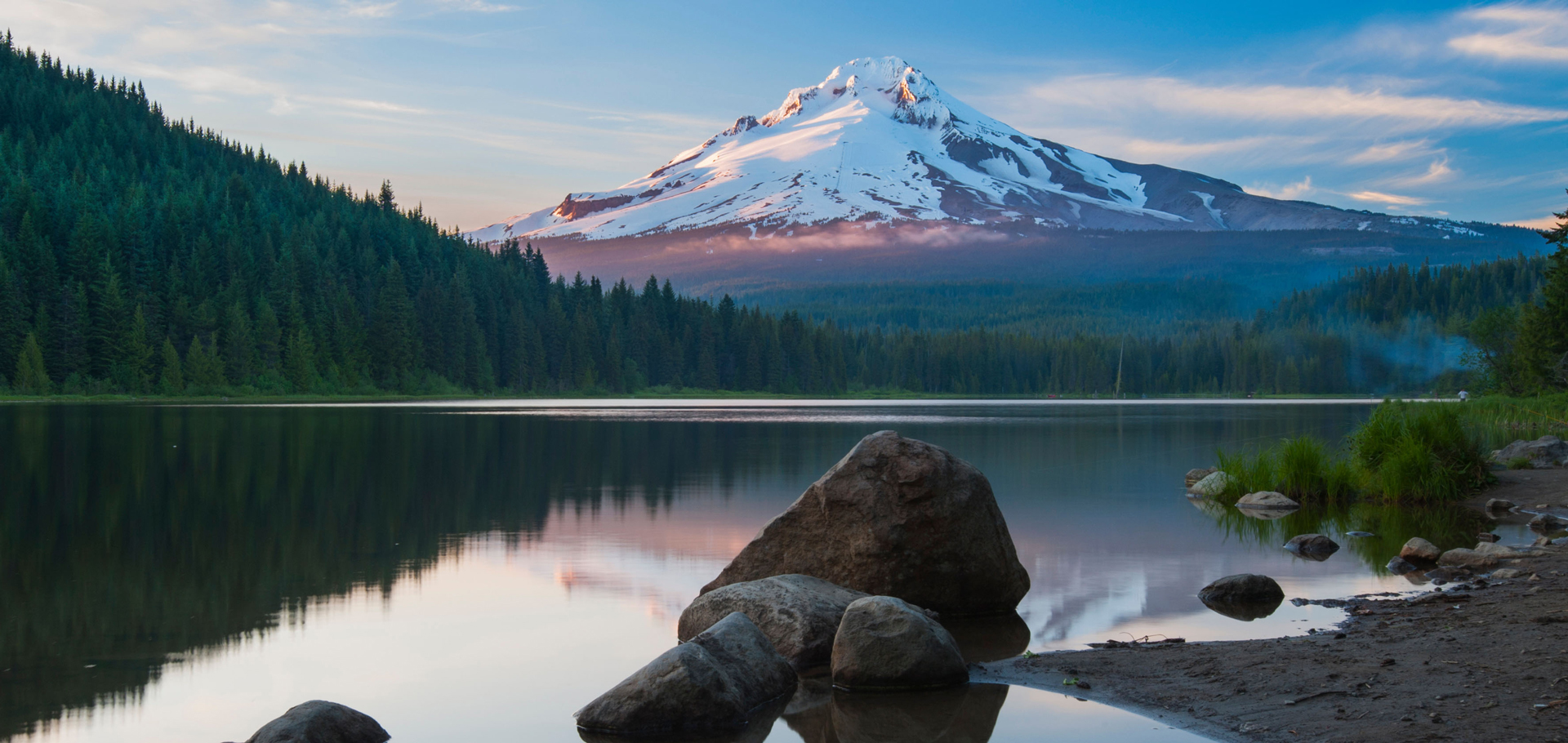
I miss the snows of “before”: the ones I experienced previous to my change of address and such a rapidly warming climate. I’ll be glancing at Oregon peaks, like Mount Hood, next summer, hoping that the snow line moves evermore downslope as the years go on.
Now, in my less snowy physical environment, there’s a term I like to think of: snow line. It’s the border between winter and summer expressed in altitudinal terms. The snow line resides at sea level toward the poles and climbs higher as one moves toward the equator, according to now fellow Oregonian and author Kim Stafford in the book Home Ground: Language for an American Landscape. The snow line fluctuates up and down a mountain between continuous snow cover and perennial open ground, he says. A high snow line in the mountains speaks to drought below, so a city dweller in the West can often gauge the coming predicament with a glance toward bare, summer peaks.
I’ll be glancing at those summits next summer and every summer thereafter, hoping always that the white line begins to move down the slopes as the years go on.
Here’s to finding your true places and natural habitats,
Candy






